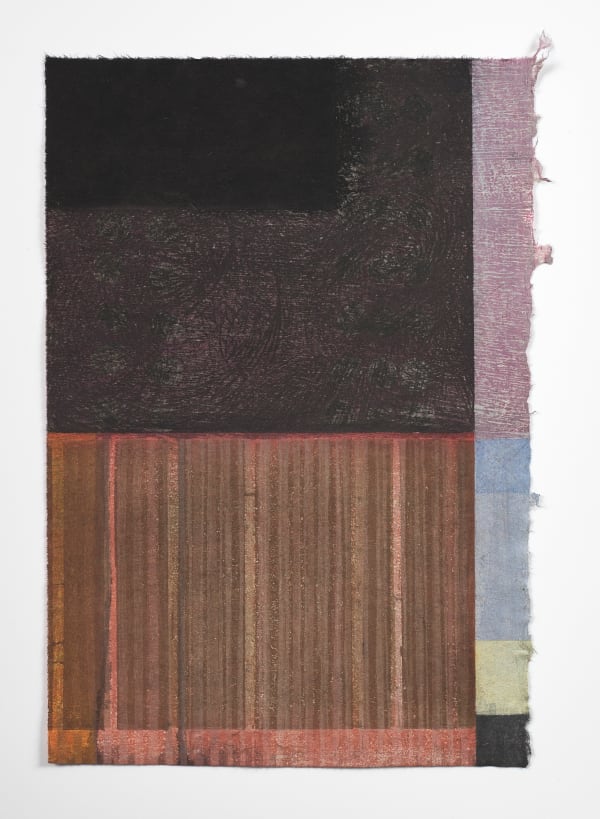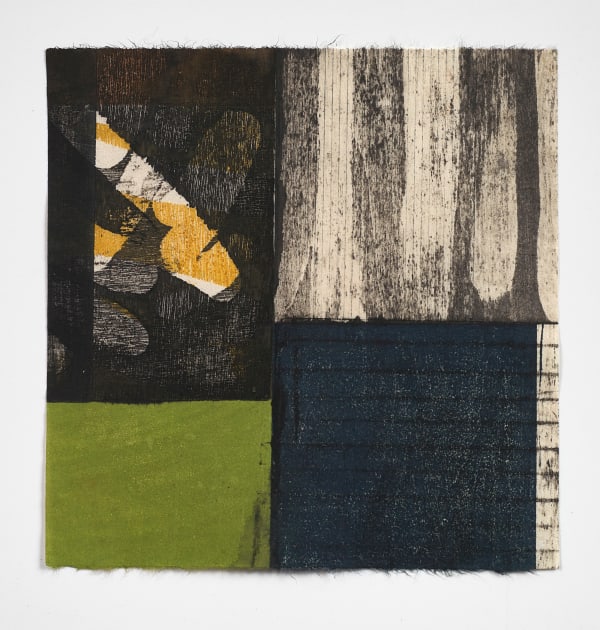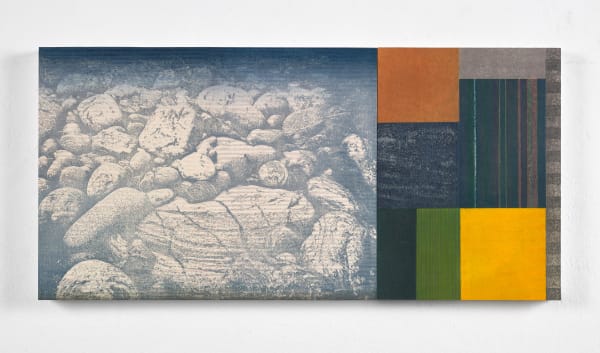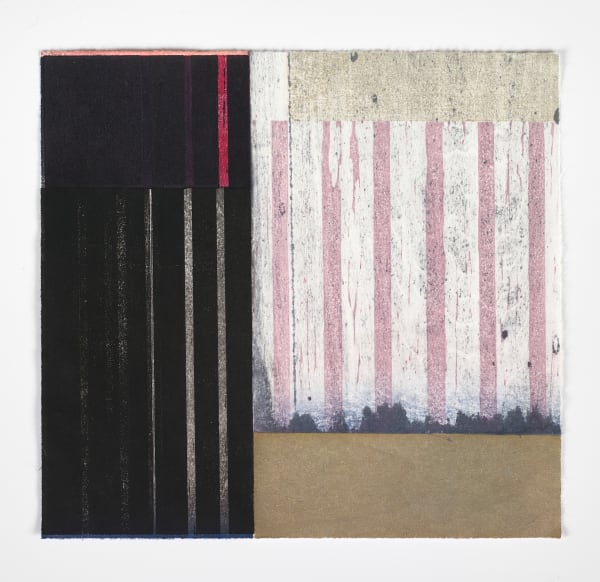Paul Furneaux RSA : Rain Salutation
An exhibition of new work by the renowned artist and printmaker, Paul Furneaux RSA.
Furneaux is widely known for his use of traditional Japanese woodblock printing techniques, also known as mokuhanga. This minimalist yet complex technique has a simple process which has allowed Paul to develop his practice into a contemplative and semi-abstract field. After Furneaux's initial experience of Japanese woodblock printing founded during a scholarship to Tama Art University in Tokyo, he spent four years continuing his studies and finding a new form of visual expression. Drawn to the limitations of the process, Furneaux creates works that are abstract in appearance and theme. Although not wishing to categorise his practice and its subject matter, Furneaux has suggested that his concern for the everchanging landscape and global warming is present in many works.
"For over twenty years Rain has featured in my work. As this exhibition started to become more cohesive I felt I would use this banner of 'Salutation'.
Rain has featured as life giving: one of nature's truly amazing gifts. However rain has often featured as life threatening alluding to acid rain or too much rain as in a storm or a deluge; in blobs and stylised dribbles . Rain becomes dark; acts as a messenger and a symbol of troubles ahead. However Rain can also be seen as a kind of emblem or icon : an element in contemplation or for contemplation.
Several works have a sense of perhaps a viewing platform or window like view: from where the viewer watches the drama unfold. Using a simplified and abstracted language the elements of sky and horizon meeting land are hinted at rather than overly described.
I have also included works made and inspired by being in the Outer Hebrides and Lewis in particular. Here in these works rain is suggested in the landscape which is a landscape more literally described.
In these prints there is a nod to the wonderful Japanese woodblock prints from a past era (Hokusai and Hiroshige et all ) and although (as in all of my works ) I employ traditional Mokuhanga techniques I have also used contemporary techniques in the way the blocks are cut (sometimes using power tools ) but more so in how they are printed, using varnish resist techniques learned where I studied at Tama Art University in Tokyo, Japan.
Colour is applied traditionally by brush on to wood manipulating the possibilities of the colour: bleeding or being solid or indeed mottled and printed more lightly. However in several of my prints the colour or indeed often the black Sumi ink is dragged across the block with a squeegee, (like a window cleaning implement or screen printing tool) thinning out the colour or indeed ink but creating chance blobs and dribbles collecting and pooling in to cut marks in often unexpected ways and at times exaggerating the beauty of the wood grain .
So there is a knowledge with my materials: wood, pigment (sometimes pure and ground with a pestle) and often from tubes of high quality watercolour. Paper: Washi; hand-made and purposely made and prepared for this process. Added to this ,of course ,the element of water.
These elements are combined with the aid of a sophisticated piece of hand printing equipment…the BAREN.
However with the knowledge I have accumulated over the years I like to submit to the element of chance . Long hours spent in the studio of careful planning and cutting and printing are inter-dispersed with seemingly mad moments of activity sometimes changing a work dramatically and the reverse happens where forceful creative energy is put aside to complete a piece with the softest of delicate bokashi (fade technique ) or few tiny cut marks .
In addition to the Mokuhanga some of these works are over printed with etching. Adding a range of marks to complement and extend the mark making in some of the prints."































